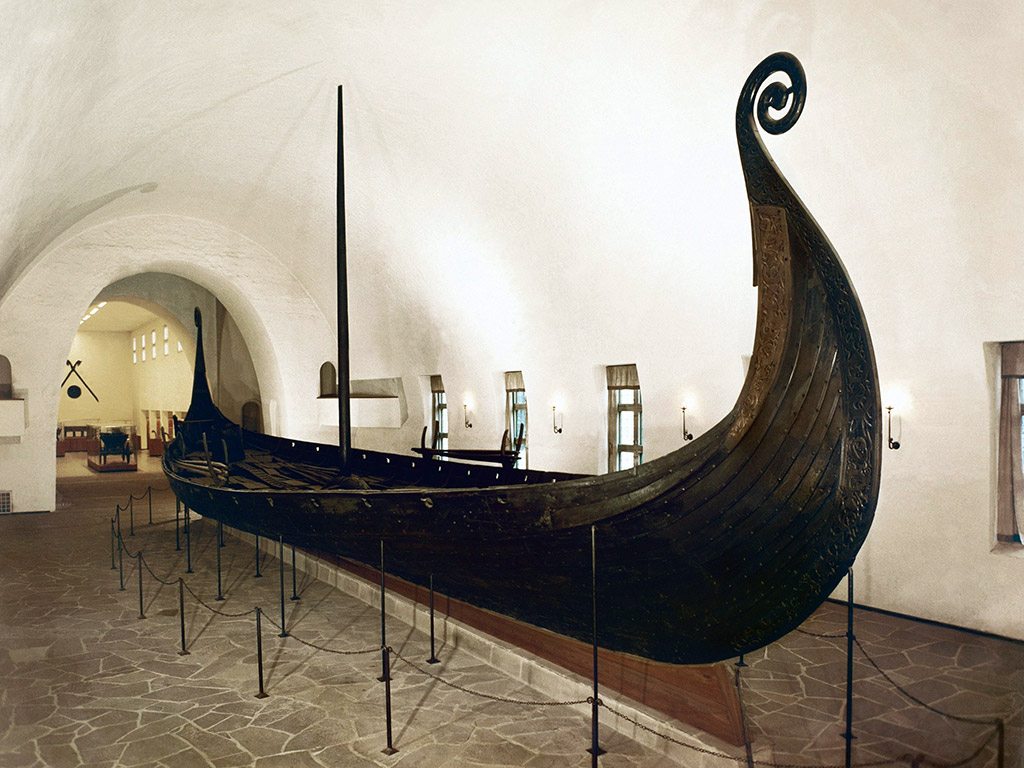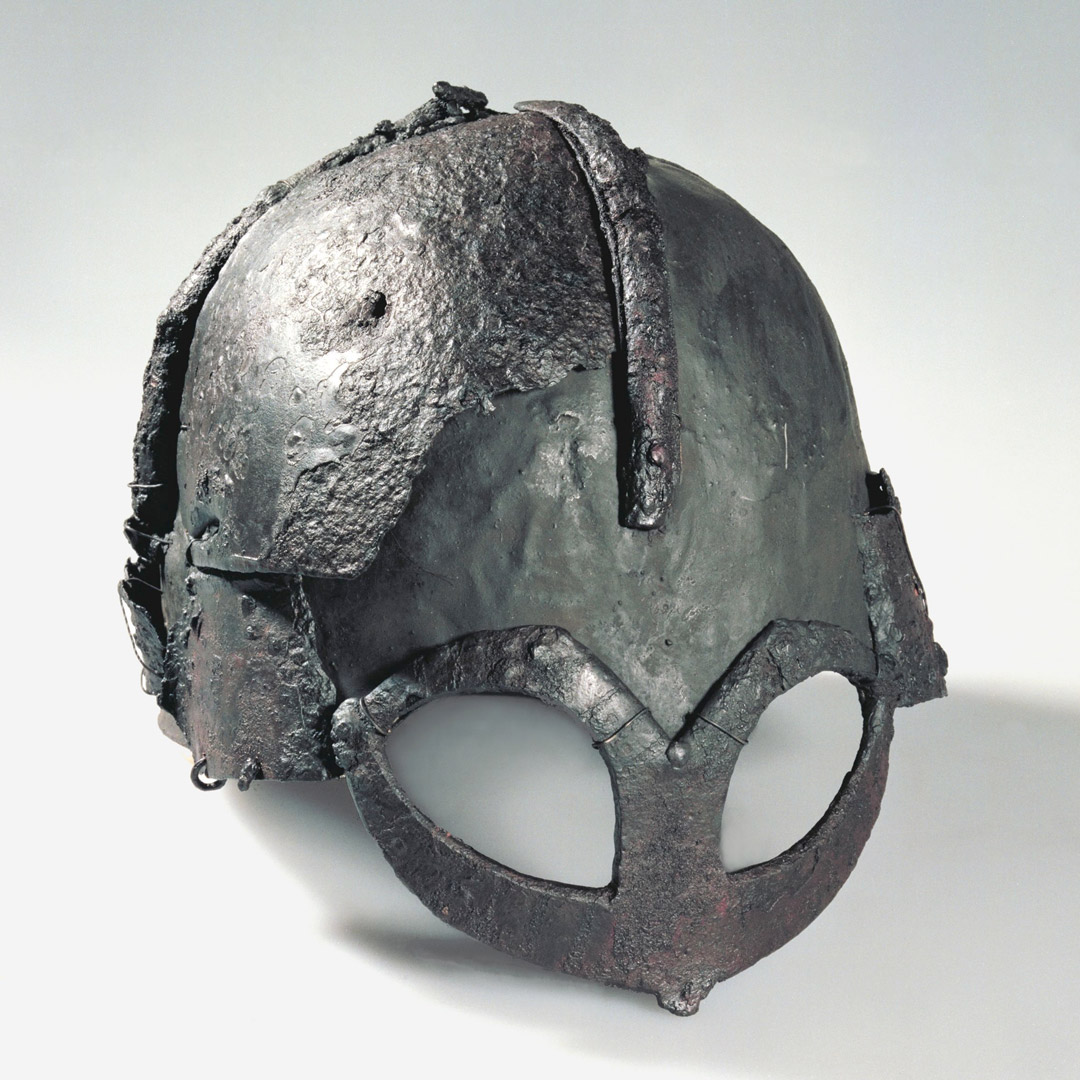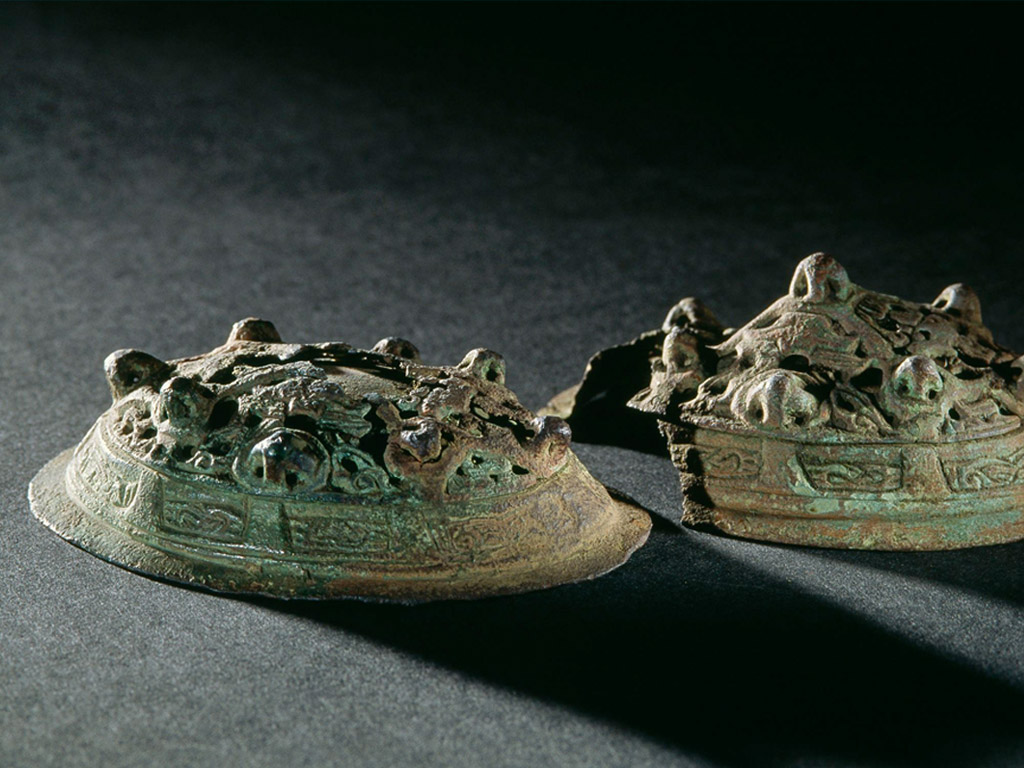The History of Norway’s Vikings
Perhaps the most famous period in Norwegian history, the Viking Age was a period of expansion not just for Norway, but for the whole Nordic region. Far from just barbaric, axe-wielding invaders, the Vikings created complex social institutions, oversaw the coming of Christianity to Scandinavia, and left a major impact on European history through trade, colonization, and far-flung exploration.

The first record of the Vikings was the late 8th-century invasion of Lindisfarne, an island off the northeast coast of England. It was quite the way to announce themselves, as at the time, Lindisfarne monastery was considered one of the great sanctuaries of the Christian church in western Europe.
The Anglo-Saxon Chronicle stated: “In this year fierce, foreboding omens came over the land of the Northumbrians, and the wretched people shook; there were excessive whirlwinds, lightning, and fiery dragons were seen flying in the sky. These signs were followed by great famine, and a little after those, that same year on 6th ides of January, the ravaging of wretched heathen people destroyed God’s church at Lindisfarne.”
Vikings proceeded to raid a monastery at Jarrow in Northumbria, with southern Wales and Ireland falling victim to invasions soon after. Over a thousand Old Norse words influenced modern English, along with more than 1,000 place-names in northeastern England and the Scottish islands. Vikings were well trained, with good weapons and chain-mail armor, and their belief that being killed in battle resulted in them going to Valhalla gave them a psychological advantage in battle for many years.

Misconceptions about the Vikings remain today. For example, the myth that Vikings wore horned helmets was actually an invention of 19th-century Romanticism. Although many women stayed to look after the household during Viking raids, some women and even children traveled with the men. One of the most fearsome Viking commanders was a woman, known as the Red Maiden.
The raids produced riches and slaves, which the Vikings brought back to Scandinavia to work the farms. As farmland grew scarce and resistance against the invasions grew in England, the Vikings began to look at targets further afield, such as Iceland, Greenland, and Newfoundland.
During the 9th century, the largest chieftains began a long period of civil war, until King Harald Fairhair was able to unite the country and create the first Norwegian state.
Newsletter Signup
By clicking ‘Sign Up,’ I acknowledge that I have read and agree to Hachette Book Group’s Privacy Policy and Terms of Use
Early Vikings saw Christianity as a heretical threat to their own pagan beliefs. Christian monks and missionaries were active in Scandinavia throughout the Viking Age, but it took until the era of Olav Tryggvason (963-1000) for the tide to begin to change. He is believed to have built Norway’s first church, although information about him is sparse. He did, however, found the city of Trondheim (then called Nidaros), and a statue of him today stands high above the city’s main square.
Following Tryggvason’s death, it was Olav Haraldsson who began to pass church laws, destroyed pagan temples, build churches, and appoint priests. As many chieftains feared that Christianization would rob them of power, it took centuries for Christianity to be fully accepted. For years many people adopted both religions as an insurance policy in case one didn’t work out. Evidence of this can be seen today in the carvings on some of Norway’s oldest stave churches, which feature figures from Norse mythology.

Inside a Viking Home
The ships found in the Viking burial mounds along the Oslofjord are spectacular, but it’s what’s inside them that has given us a far greater understanding of what daily life was like.
The Viking apron-dress was worn suspended over the shoulders by paired brooches hooked through narrow looped straps, and worn over a smock or gown. Fewer finds of clothing exist for Viking men than for Viking women because men tended to be cremated, but it seems that the basics of men’s clothing in Scandinavia changed little throughout the Viking Age. Materials of trousers, tunics, coats, and cloaks changed from leather to wool to linen, but style changed little. Many textiles were made of carefully woven wool, attractively textured and often dyed in bright colors.
The Vikings ate two meals each day. The first was eaten in the morning, around two hours after the day’s work was started (around 8am), while the second was consumed at the end of the day’s work, around 7pm. Exact times would vary seasonally. Beef, mutton, lamb, goat, pork, and horsemeat were eaten, along with fish and whale. Root vegetables, plus plentiful plums, apples, and blackberries were common accompaniments.
While alcoholic beverages (most notably ale and mead) played an important role in festivities, the Vikings had an acute awareness of the perils and dangers of drunkenness.
Newsletter Signup
By clicking ‘Sign Up,’ I acknowledge that I have read and agree to Hachette Book Group’s Privacy Policy and Terms of Use

